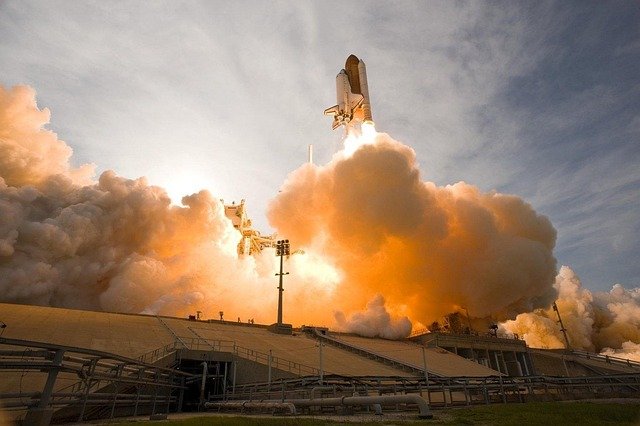Suborbital Tourism: The New Frontier of Space Travel
Imagine soaring beyond Earth's atmosphere, witnessing the curvature of our blue planet against the stark backdrop of space. This once-impossible dream is now becoming a reality for civilian travelers. Suborbital tourism is emerging as the next big leap in luxury travel, offering thrill-seekers and space enthusiasts a taste of astronaut life. As companies race to make space accessible, we explore the intricacies of this burgeoning industry and what it means for the future of travel.

The concept isn’t new—the space race of the 1960s laid the groundwork—but recent technological advancements and private sector involvement have accelerated progress. Companies like Virgin Galactic, Blue Origin, and SpaceX are at the forefront, each with unique approaches to making space tourism a reality.
The Experience: What to Expect
A suborbital flight typically lasts between 10 to 15 minutes, reaching altitudes of about 100 kilometers. Passengers experience intense G-forces during takeoff and re-entry, followed by several minutes of weightlessness at the flight’s apex. The view is nothing short of spectacular: the curved horizon of Earth, the thin blue line of the atmosphere, and the vast darkness of space.
Pre-flight training is crucial, usually spanning several days. It includes medical checks, emergency procedures, and simulations to prepare travelers for the physical and mental demands of space flight. The entire experience, from arrival at the spaceport to post-flight celebrations, is designed to be immersive and unforgettable.
The Technology Behind Suborbital Flights
Suborbital vehicles come in two main types: vertical-launch rockets and air-launched spaceplanes. Blue Origin’s New Shepard, for instance, is a traditional rocket that takes off vertically. In contrast, Virgin Galactic’s SpaceShipTwo is carried to high altitude by a mothership before igniting its own engines.
These spacecraft incorporate cutting-edge materials and propulsion systems to withstand the extreme conditions of space travel. Safety features are paramount, with redundant systems and abort capabilities built into every stage of the flight.
Environmental and Ethical Considerations
While the allure of space tourism is undeniable, it raises important questions about environmental impact and accessibility. The carbon footprint of a single suborbital flight is significant, potentially equivalent to a long-haul international flight. Industry leaders are exploring ways to mitigate this, including carbon offset programs and the development of cleaner propulsion technologies.
There’s also the matter of space debris and potential atmospheric pollution. As flights become more frequent, regulations and best practices will need to evolve to ensure sustainable growth of the industry.
Ethically, the high cost of tickets—currently in the hundreds of thousands of dollars—makes space tourism an exclusive experience for the ultra-wealthy. This disparity has sparked debates about the allocation of resources and the democratization of space travel.
The Future of Space Tourism
As technology advances and costs decrease, suborbital tourism is likely to become more accessible. Some experts predict that within a decade, prices could drop significantly, opening up the experience to a broader audience.
Beyond suborbital flights, the industry is already looking toward orbital hotels and lunar tourism. These developments could revolutionize our relationship with space, potentially leading to off-world research stations, resource extraction, and even permanent human settlements beyond Earth.
The ripple effects on Earth-bound tourism are also worth considering. As space travel becomes more commonplace, it might change our perspective on traditional travel, pushing the boundaries of what we consider exotic or adventure tourism.
Space Tourist’s Checklist
-
Complete a thorough medical examination to ensure fitness for space travel
-
Undergo g-force training in a centrifuge to prepare for launch and re-entry
-
Familiarize yourself with the spacecraft’s safety procedures and equipment
-
Pack light – most personal items aren’t allowed on the flight
-
Prepare mentally for the life-changing perspective of seeing Earth from space
-
Consider purchasing space flight insurance, a newly emerging market
-
Plan for potential flight delays due to weather or technical issues
-
Arrange for post-flight psychological support to process the experience
As we stand on the brink of a new era in travel, suborbital tourism represents more than just a novel experience—it’s a glimpse into humanity’s future among the stars. While challenges remain, the momentum behind space tourism seems unstoppable. For those brave and fortunate enough to venture beyond our atmosphere, the experience promises to be truly transformative, offering a new perspective on our planet and our place in the cosmos.





